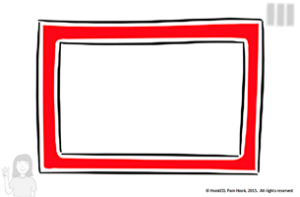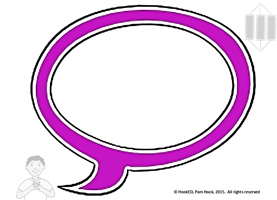



 Waimairi School in Christchurch is a hot bed of SOLO innovative practice. The clear focus on relationships and being culturally responsive, teacher effectiveness and student metacognition enables Waimairi staff to use SOLO in extended abstract ways each visit trumps the previous for making deep learning and higher order thinking visible. Many of my client schools recognise that SOLO is fabulous when co-constructing success criteria with students it helps make learning and next steps visible. Waimairis Lynley Cummack extends this recognising that understanding the different SOLO levels of the three shapes used in the HookED SOLO maps enables her five year old students to make their own SOLO process maps.
Waimairi School in Christchurch is a hot bed of SOLO innovative practice. The clear focus on relationships and being culturally responsive, teacher effectiveness and student metacognition enables Waimairi staff to use SOLO in extended abstract ways each visit trumps the previous for making deep learning and higher order thinking visible. Many of my client schools recognise that SOLO is fabulous when co-constructing success criteria with students it helps make learning and next steps visible. Waimairis Lynley Cummack extends this recognising that understanding the different SOLO levels of the three shapes used in the HookED SOLO maps enables her five year old students to make their own SOLO process maps.
Watching Lynleys students create their own process maps for description using the three SOLO map component parts to represent surface, deep and conceptual thinking is fascinating. Students use rectangles to represent loose ideas, speech bubbles to represent the linking of ideas (using causal explanation because or so that ) and thought bubbles to represent new ideas and wonderings (using what is it all about? what is best? what might happen next? what is a new way of thinking about this?)
Observing students make their own SOLO maps for deep learning has been a highlight this year. Using the SOLO rectangle (ms), speech (r) and thought (ea) bubble templates along with the SOLO symbols and arrows to organise their thinking represents a real advance in the classroom based use of SOLO.


 Are your students ready to make their own maps?
Are your students ready to make their own maps?
As teachers and their students become more fluent in their use of visual mapping they begin to understand all maps are but one. Familiarity allows a sequence map to segue into causal explanation and from there into comparison. A part whole analysis takes on a life of its own as it extends into an evaluate map.
These SOLO maps stretch out mycelium like in all directions effortlessly capturing (and curating) the collaborative conversations in classrooms.
All you need to do is provide fluent SOLO map users with the HookED Make your own SOLO Map Kitset.
Paper and electronic versions available.
Google draw template 4 #SOLOTaxonomy-all icons, hexagons ready 2 use. Create copy & build map https://t.co/NyHDGTyb1X #PEInstitute15 #physed
— Jo Bailey (@LovePhyEd) July 30, 2015




